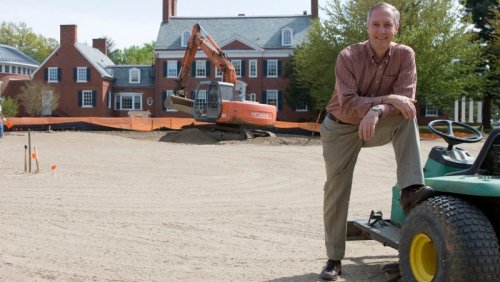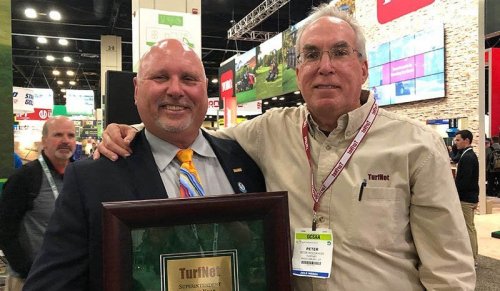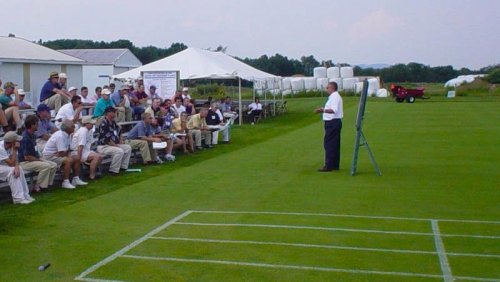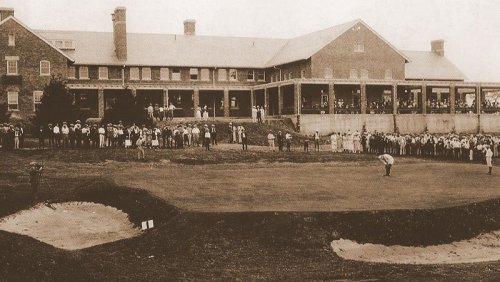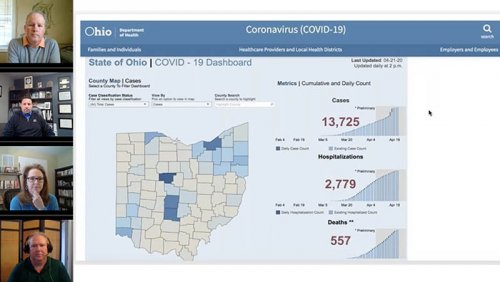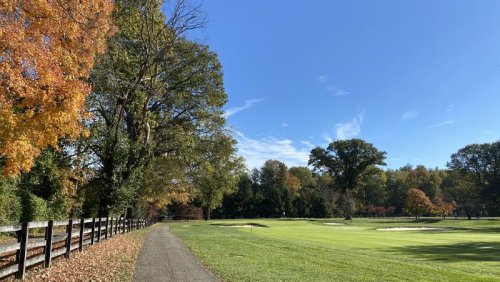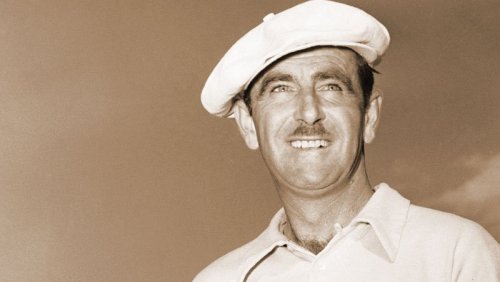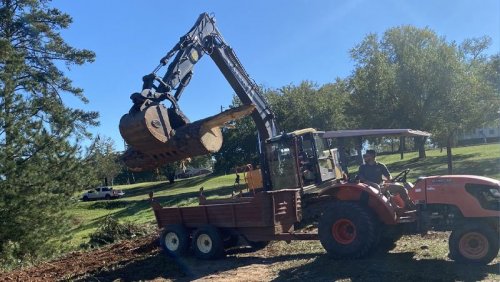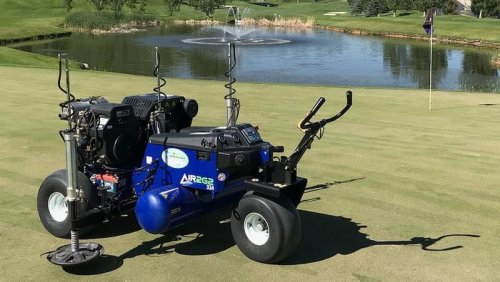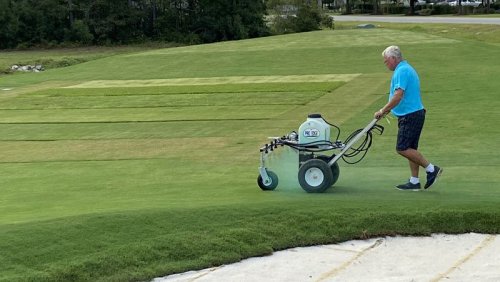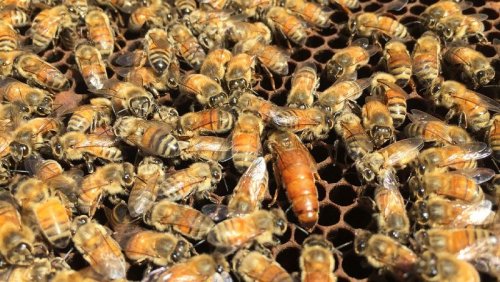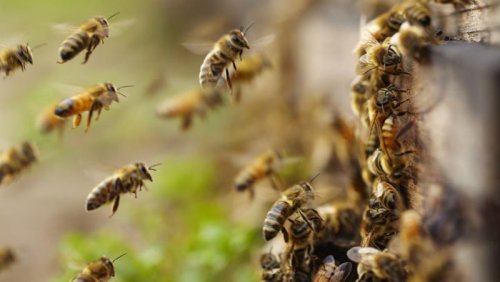
News and people briefs
By John Reitman, in News,

LebanonTurf, a provider of innovative and high-performance plant nutrition for the golf and landscaping industries, announced its 2020 Emerald Isle Solutions campaign grand-prize winner, an Air Force agronomist from Texas. Justin Wheeler was selected and will be donating the $5,000 to his Central Texas Chapter of the Golf Course Superintendents Association.
The campaign, launched at the 2020 Golf Industry Show, highlighted its Emerald Isle Solutions True Foliar Technology and aimed to show an increased commitment to customers and maintenance crews in the turf industry by giving away a $500 Amazon gift card each month, plus a $5,000 grand prize donation to one winner's local GCSAA or STMA chapter.
As a part of the campaign, LebanonTurf announced a new, permanent lower price point for Emerald Isle Solutions—further elevating the product's value and giving superintendents and turf managers more freedom in managing their budgets.
Toro upgrades Lynx system
Toro Irrigation has expanded the cloud-based features in its Lynx Central Control System.
New rendering schemes for the customized interactive course map add course management detail. Every sprinkler on the course is represented by a symbol and color that displays each sprinkler's location and its current status, and to which Precip Management Group it belongs. Superintendents can review irrigation rates and ensure that the water hitting the ground matches the infiltration rate of that area of the course.
A patent-pending feature provides superintendents with a graphic display of the irrigation plan as programmed.
The latest version also streamlines the relocation of sprinklers on the interactive map after adjustments have been made, eliminating the need to manually enter the changes and resynchronize the interactive map. With two clicks on the cloud-based Lynx Map application, the updates can be synchronized in about five seconds.
Lynx provides a hybrid backup system, which means that the database is backed up both locally and in the cloud. Subscribers to Toro's exclusive National Support Network (NSN) who need new hardware will receive it with the backup already loaded, allowing them to put it to work instantly rather than having to take the time to load the backup themselves.
SePRO names new T&O director
SePRO has named John Wendorf as director of its turf and ornamental team.
Wendorf, who has nearly 30 years of industry experience, will focus on elevating SePRO's pace of innovation, with a strong emphasis on technical efficacy, operational efficiencies and social and environmental responsibility. While developing future-focused strategies for growth will be central to Wendorf's role with SePRO, building a strong, thriving team will be of equal importance.
Wendorf earned his bachelor of science in horticulture from the University of Wisconsin and a master's' of business administration from Texas A&M. He has been a member of the communications committee for RISE since 2017 and is also a current member of the FFA's National Floriculture Committee.
- Read more...
- 1,835 views


